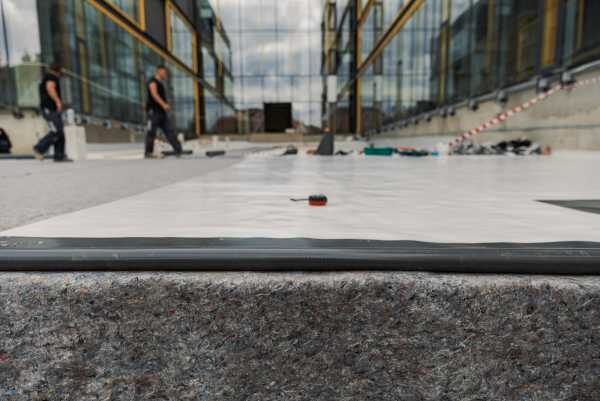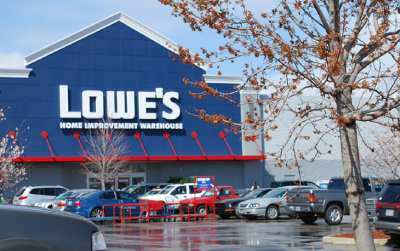As businesses and public spaces continue to prioritize safety, the methods and tools used for measuring slip resistance are evolving. Among the most significant advancements in this field is the BOT-3000E, a device that has set a new standard for accuracy and reliability in assessing slip resistance. In this article, we’ll explore the future of measuring slip resistance, the innovations in the BOT-3000E, and why these developments are crucial for ensuring safer environments.

The Evolution of Slip Resistance Testing
Slip resistance testing has come a long way from its early days of basic friction measurements. Traditional methods often lacked consistency and precision, leading to varied results that didn’t always align with real-world conditions. With the introduction of the BOT-3000E, these challenges have been addressed. The BOT-3000E ensures higher accuracy by simulating real-life conditions, providing precise measurements of a surface’s slip resistance
Innovations in the BOT-3000E
The BOT-3000E is at the forefront of slip resistance testing innovation. One key feature is its ability to measure both wet and dry conditions, making it versatile for various environments. It uses a digital interface that provides immediate results, allowing quicker decision-making when assessing floor safety.
Another significant innovation in the BOT-3000E is its ability to measure the dynamic coefficient of friction (DCOF) alongside the static coefficient of friction (SCOF). This dual measurement capability offers a more comprehensive understanding of a surface’s slip resistance, helping businesses meet safety standards more effectively.
Next in Slip Resistance Testing
As technology continues to advance, the future of slip resistance testing looks promising. We can expect further improvements in the accuracy and reliability of devices like the BOT-3000E. Future models could feature real-time analytics, improved portability, and integration with building management systems for continuous monitoring.
User-friendly interfaces and mobile apps could increase accessibility, enabling frequent slip resistance testing to ensure long-term surface safety.
The Importance of Slip Resistance Testing
For businesses, investing in advanced slip resistance testing ensures compliance and fosters a safer environment for employees, customers, and visitors. Slip-and-fall accidents are among the most common workplace incidents, and they can lead to significant financial and reputational damage. Staying updated with slip resistance testing innovations helps businesses reduce risks and showcase their dedication to safety.
Conclusion
In conclusion, the future of slip resistance testing is bright, with innovations like the BOT-3000E leading the way. By embracing these advancements, businesses can ensure that their floors meet the highest safety standards, protecting everyone who walks through their doors.
If you’re ready to take your floor safety to the next level, learn more about our commitment to innovation and safety on our About Us page.

















